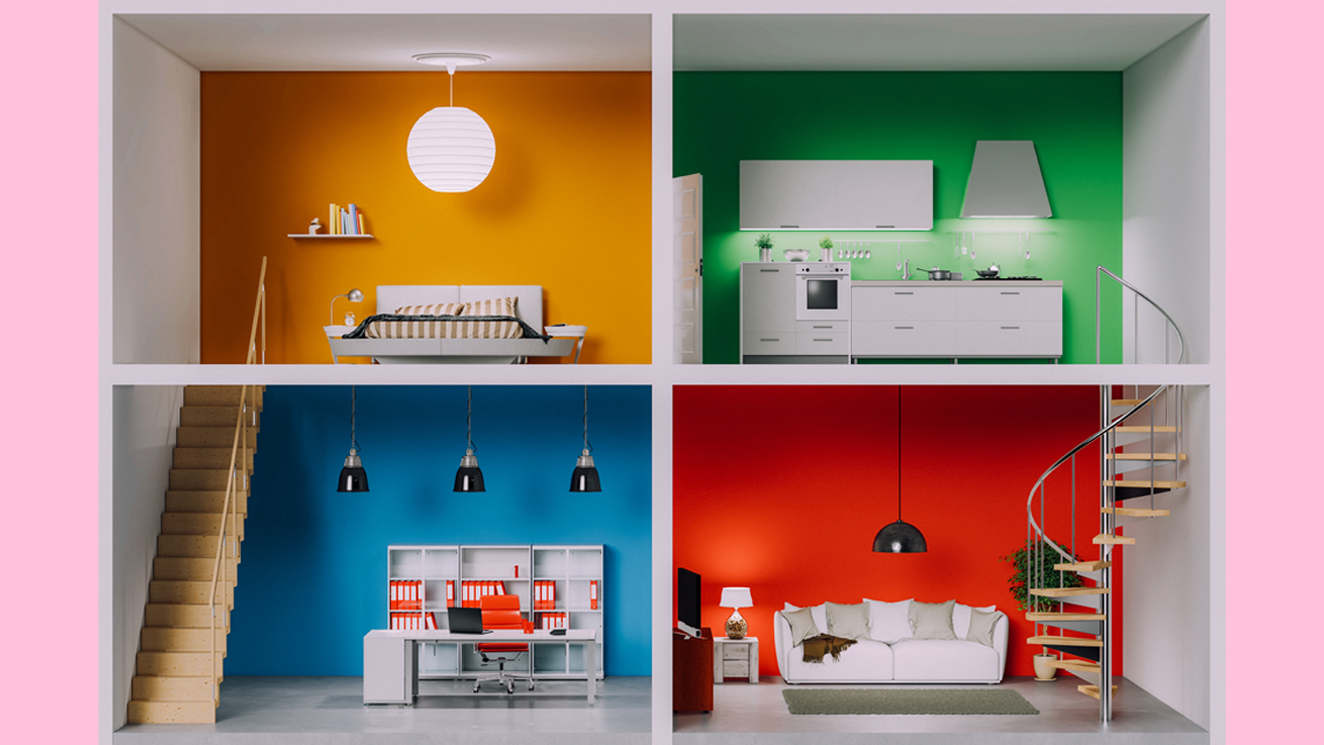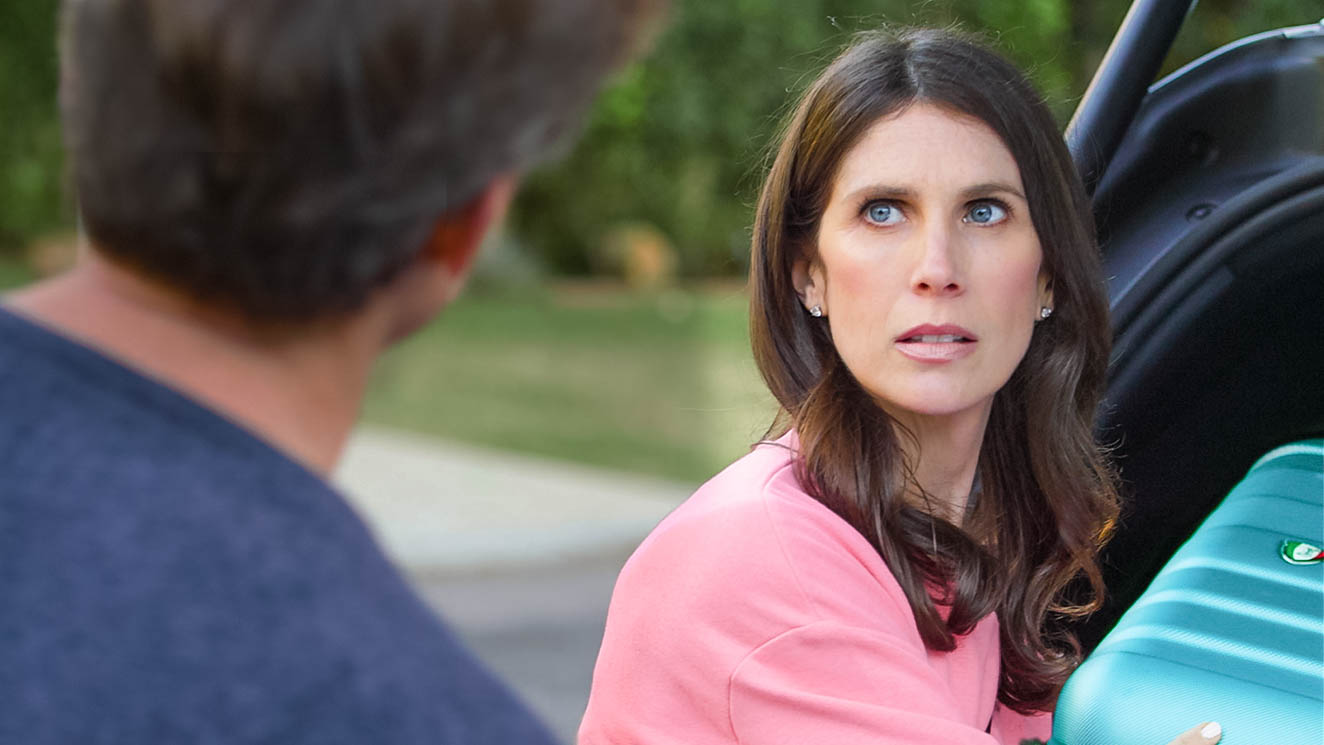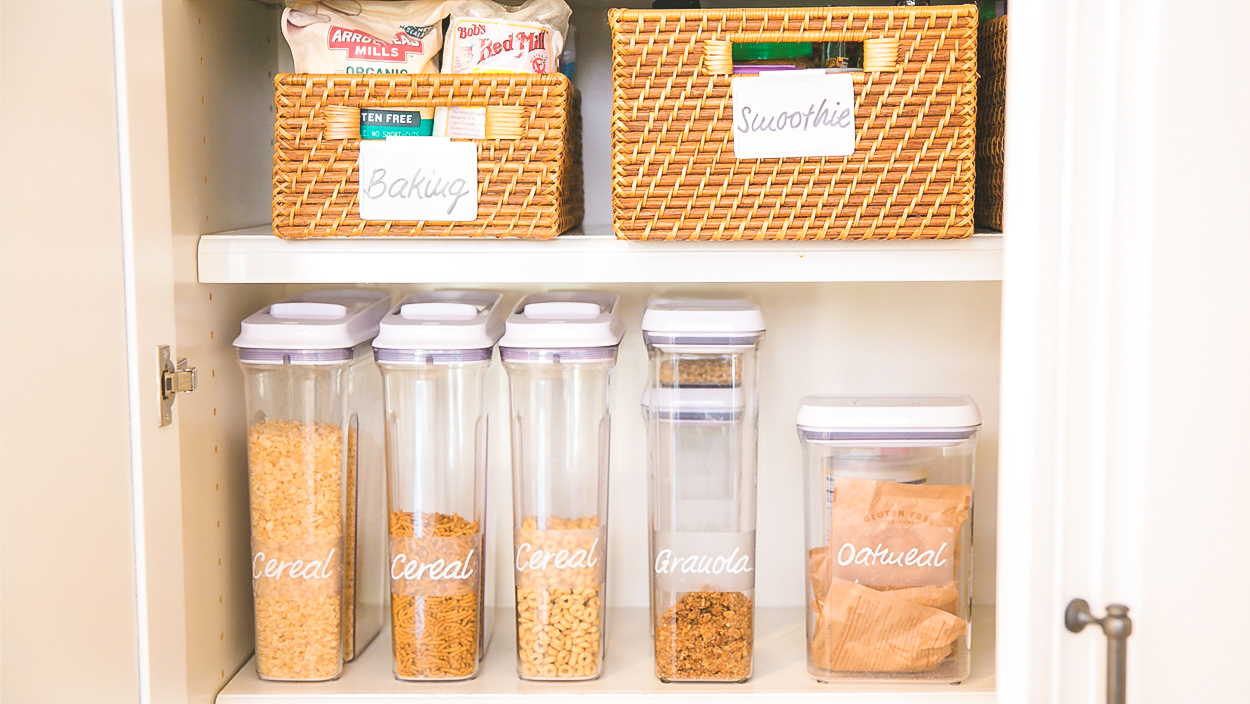

For a long time, I tried to make minimalism work in my household. I was one of those Marie Kondo devotees long before the Netflix series, and had big aspirations for how my life would look when I finally mastered minimalism for good. My home would, at its worst, be mere moments from an Instagram-worthy clean. Every item would be put away in its designated space so I would never again be asked where a pair of scissors were for an art project. I would actually be able to vacuum without spending a full pre-vacuum hour nagging my family to pick their crap up off the floor.
I so badly wanted to be a “minimalist mom,” whose kids had five beautiful well-beloved toys and consciously designed rooms (as opposed to a wall with three cat calendars and years’ worth of school posters). My 6, 8, and 11 year old kids don’t have a passion for the minimalist aesthetic, but a mom can dream, right? I saw those carefully curated minimalist homes on Instagram and felt calm just looking at them. Imagine how much better my life could be if I could actually live like that? I imagined my kids reading books in their uncluttered rooms. The way we would feel encouraged to spend more time outside without so much stuff drawing us in. How easy it would be to make dinner with a streamlined pantry. I thought minimalism would make our lives simpler and therefore better.
Of course, living like that takes work. But the promise of minimalism is that if you do the work once, your life can be clutter free and calm forevermore. So I did the freaking work. I got rid of half my wardrobe. I tossed out toys when no one was watching. I tore through the house getting rid of anything and everything I thought we could live without.
But no amount of effort seemed to quell the constant influx of kid stuff, nor did it ever eliminate the mess. Even when I did the work of de-cluttering a junk drawer, I’d look up and realize the rest of my house was still in total disarray. The mess seemed to be multiplying. Twelve new art projects made of toilet paper rolls would suddenly be on the kitchen counter. All of the scissors were missing once more, plus now everyone was angry with me for being the mean mom who got rid of the extra pairs we had. Every minimizing effort felt futile, like trying to drain the ocean with a shovel.
Meanwhile I would see red every time a grandparent brought my kids home with a new happy meal toy or thrift store find. I constantly complained about how much stuff my kids had, making them feel guilty for the toys they wanted to keep or the drawings they wanted to hold onto and display. I’d feel myself getting agitated every time my kids mentioned any material item they might want for their birthdays or Christmas.
“Well, what are you going to get rid of to make space for that?” I’d ask. Such a fun mom, I know.
While trying to create more space in my life by living with less, I was mostly just creating space between me and my family. Stuff became my enemy, and it led to me feeling massive resentment when everyone else wasn’t willing to part with their items. When my kids or husband wanted to keep something I saw as “nonessential” it felt like they were standing in the way of my minimalist dream. When a family member would give a physical gift, I took it as an act of disrespect toward my boundaries. Working towards minimalism felt more like a fight than a path to peace. Which is why I eventually had to let it go. My obsession with achieving minimalism was getting in the way of enjoying holidays, and making my family feel like they couldn’t even mention wanting anything new with the “stuff police” raining on their parade.
The truth was, my drive to de-clutter had become more important than actually living simply. I had wanted to create space for a life that would make us happier, but instead I was trapping us in an idea of what minimalism “should” look like. I felt pressured to live up to a standard that didn’t mesh with my real life. Those minimalist homes I wanted to replicate weren’t meant to translate to a family of five who had already been introduced to the enticing world of plastic, noise-making toys. I realized I was chasing an aesthetic of always-clean, always-sanitized surfaces that didn’t leave room for real life, and in trying to make it my identity I felt like I was constantly failing as a mom. I wanted a level of control that wasn’t realistic, because, of course, the only person I can really control is myself.
I still strive for simplicity where I can, but I’m much less militant about it now. I don’t want to live with excess, but I am also making peace with the fact that I can’t control my kids’ preferences and the slightly messy aesthetic that comes with that. There are no fewer than twelve pairs of scissors in this house, and I can only tell you where two of them are. None of my kids have a clear surface in their room other than their floors (sometimes). And most days, I feel pretty at peace with that. Other days I go on a rage-cleaning spree, chucking stuff into the donation bin left and right, or I Kondo my side of the closet and stare at it like a Matisse painting to calm myself.
Do I still envy those seemingly picture-perfect minimalist homes? Sure, sometimes. But I try to keep in mind that this messy time is just a phase. There will be a day when I have more control over my house, when my kids and their stuff will be gone — and the truth is, it probably won’t feel as magical as I once thought it would. Because joy doesn’t come from stuff or a lack thereof, it comes from the life you create with the people you love. So spending these years fighting with them about getting rid of all our worldly belongings? Probably not the best way to spark joy.







